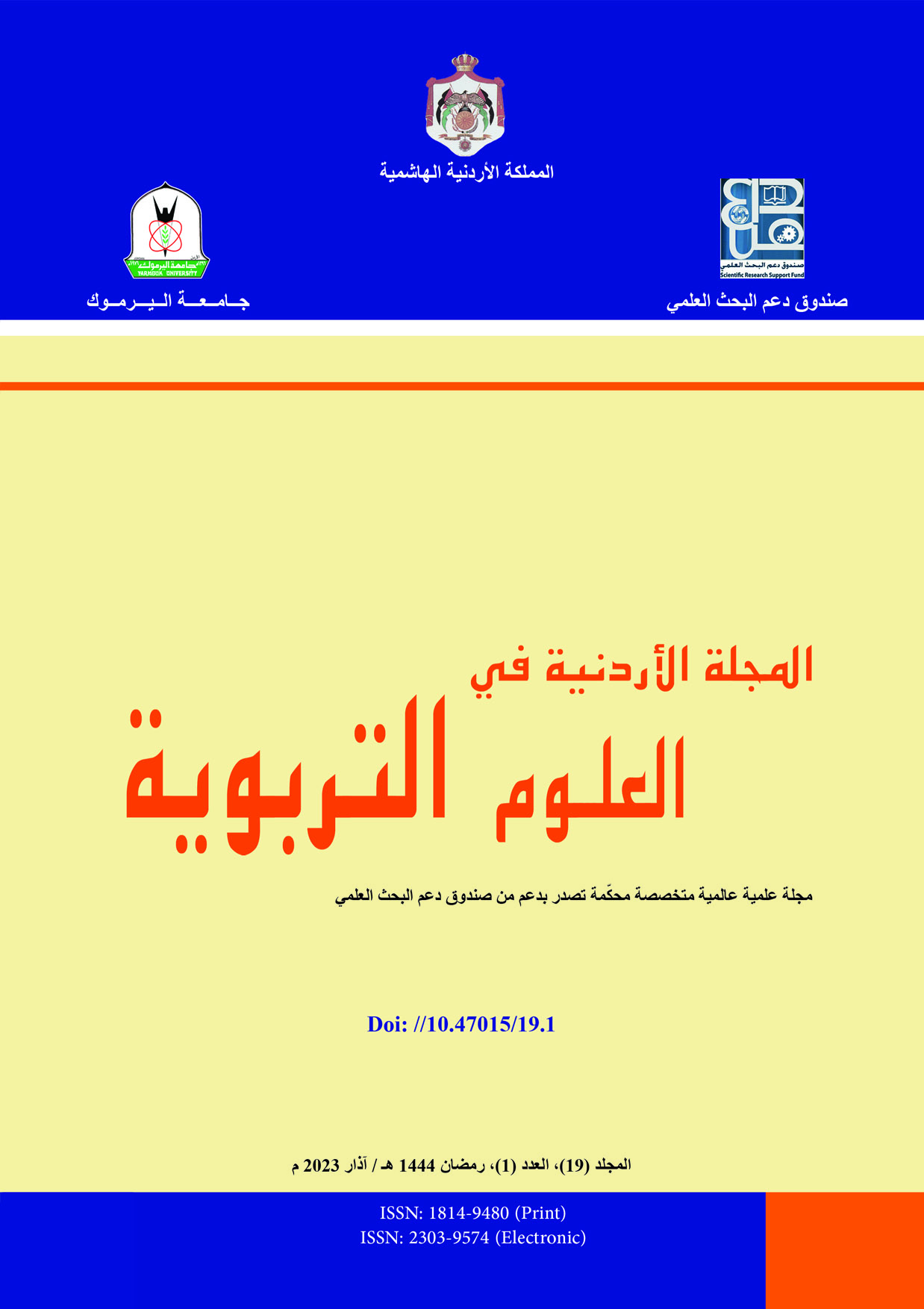قياس الكفاءة النسبية لكليات جامعة تبوك باستخدام تحليل مغلف البيانات (DEA) للعام الجامعي 2020
DOI:
https://doi.org/10.47015/19.1.4الكلمات المفتاحية:
Efficiency, Data Envelopment Analysis (DEA), Constant Return to Scale (CRS), Variable Return to Scale (VRS), Input Orientation, Output Orientationالملخص
هدفت الدراسة إلى قياس الكفاءة النسبية لكليات جامعة تبوك باستخدام تحليل مغلف البيانات (DEA)، اعتمد الباحث على المنهج الكمي باستخدام أحد أساليب البرمجة الخطية، المتمثل في منهجية (تحليل مغلف البيانات Data Envelopment Analysis DEA) بالتوجيه الإدخالي والإخراجي ووفق عوائد الحجم الثابتة (CRS) وعوائد الحجم المتغيرة ((VRS للعام الجامعي 2020، وقد تكون مجتمع الدراسة من كليات جامعة تبوك جميعها، وعددها (16) كلية، وتمّ استخدام أسلوب المسح الشامل لجميع هذه الكليات لتمثيل عينة الدراسة، واختار الباحث ثلاثة مدخلات لكل كلية هي:(عدد الطلاب المقيدين، عدد أعضاء هيئة التدريس ومن في حكمهم، عدد الموظفين)، ومخرجين هما: (عدد الخريجين، عدد الأبحاث المنشورة). وقد أسفرت الدراسة عن مجموعة من النتائج من أبرزها: أنِّ متوسط الكفاءة النسبية التقنية لكليات جامعة تبوك مجتمعة؛ قد بلغت (0.793) وفق عوائد الحجم الثابتة (CRS) لنموذج التوجيه الإدخالي والإخراجي، وبلغت (0.892، 0.827) وفق عوائد الحجم المتغيرة (VRS) لنموذج التوجيه الإدخالي والإخراجي على التوالي، وهي كفاءة منخفضة غير تامة.

